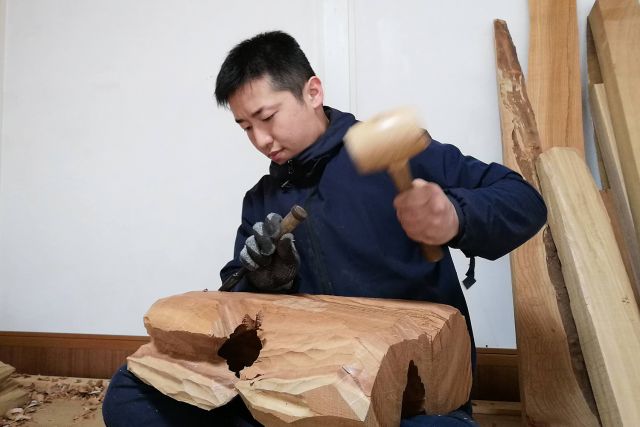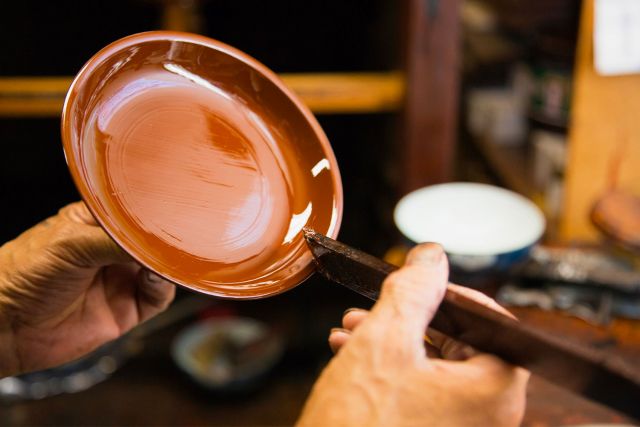A bouquet of aloe and agape is arranged in a striking vase. The latter is obtained from an oak log and coated with nails that grow from its surface like thorns. Manufactured like a piece of furniture, the wooden vase is a man-made object, but reminds us of nature’s ways of defending itself.
Length 60 cm
Width 60 cm
Height 110 cm
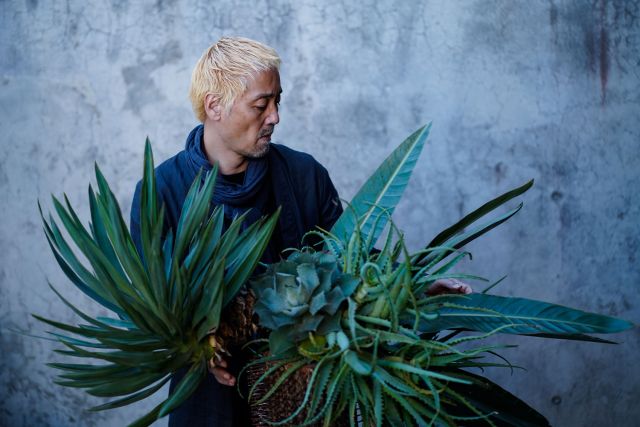

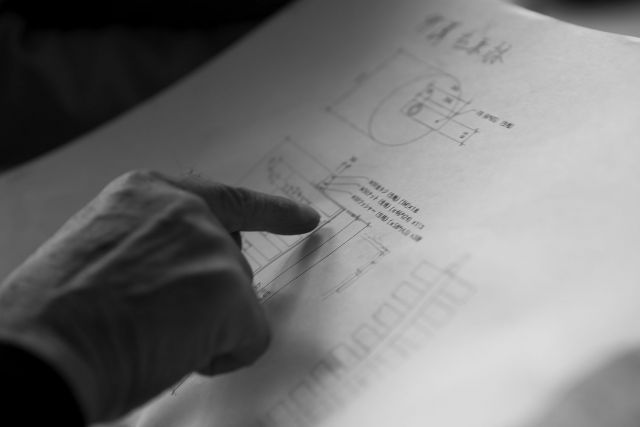
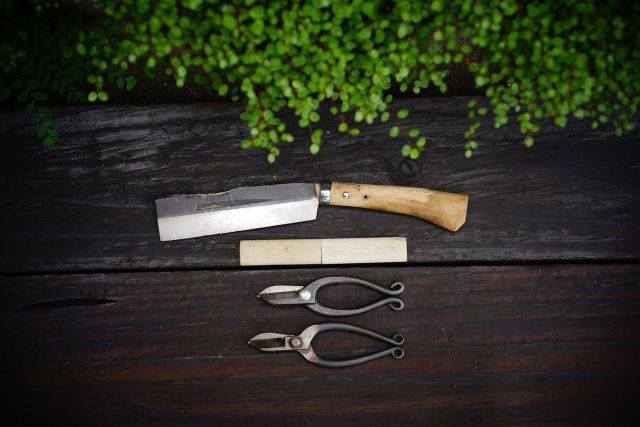
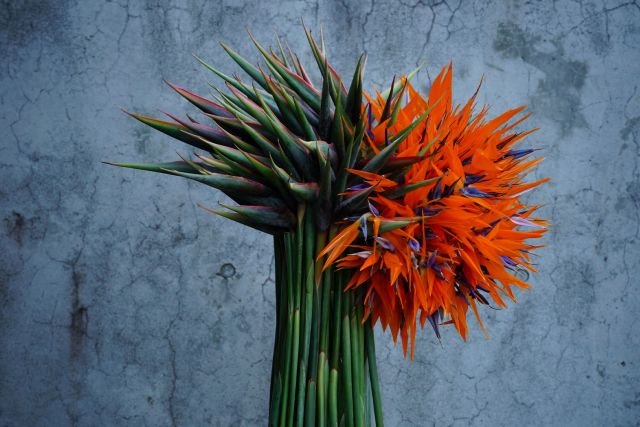
Yuji Kobayashi
- Geometric Green
- Flower designer
- Shibuya City, Japan
- Master Artisan
By appointment only
+81 364070842
Architect of plants
- • Kobayashi’s style is based on geometry
- • He gets his inspiration from architecture and interiors
- • Each of his arrangements is preceded by a detailed project
It’s no wonder that Yuji Kobayashi named his studio Geometric Green. His art is all about squares, triangles, circles and cylinders – straight lines and symmetry – which may sound weird for a floral designer, who’s been working with nature for the last thirty years. “Flowers and plants have mostly curvilinear elements, but straightening them is a major feature of my style, which is currently unique.” Indeed his trademark is recognisable in each one of his arrangements, ranging from floral decorations for events and celebrations to elaborate installations for luxury hotels and fashion shows. “Architecture and interior design are my main sources of inspiration, I feel closer to them than to traditional floristry.”
Read the full interviewWorks
Photo: © Koichi Imabayashi

Photo: © Tetsuzo Fujita
This bouquet of Veronicas is arranged in the shape of an upside-down layered pyramid, with stems held together at the bottom and flowers widening towards the top. Each stem is precisely trimmed and placed so that all leaves are at the same level, as well as the purple flowers.
Length 50 cm
Width 50 cm
Height 50 cm

Photo: © Tetsuzo Fujita
Two blocks are placed side by side inside a bigger rectangular box. The green one is made with grape hyacinth leaves, the blue one with grape hyacinth flowers: both were trimmed so that their curvilinear, natural aspect is no longer there. The two blocks have the same size but different heights, as green leaves were cut shorter than the flowers.
Length 40 cm
Width 15 cm
Height 15 cm

Photo: © Tetsuzo Fujita
Pine branches held straight by wire are arranged in a fan and placed just behind a burning candle. This arrangement is highly symbolic. In Japanese culture, both the pine tree and the fan bring good luck. Pine branches, in particular, are used to decorate front doors for the New Year, because it is believed they are one of God’s dwellings.
Length 70 cm
Width 12 cm
Height 60 cm

Photo: © Tetsuzo Fujita
The arrangement is a free-standing, self-supporting row of aspidistra leaves held together by a long screw. To create it, the artist used only leaves similar in size and height, selecting them from among hundreds. He pierced each one of them at precisely 20 centimetres from the top and inserted the long screw and secured its extremities with nuts.
Length 100 cm
Width 20 cm
Height 100 cm






